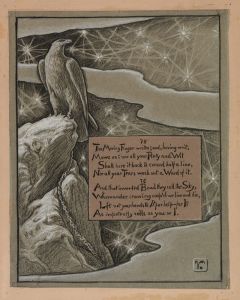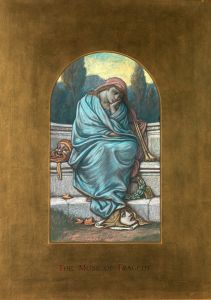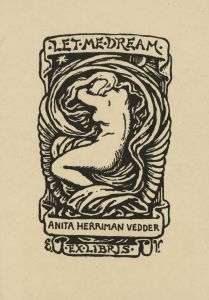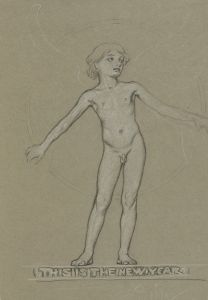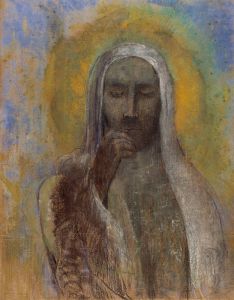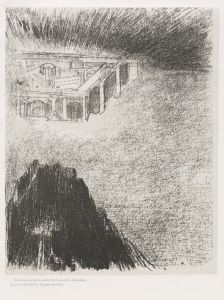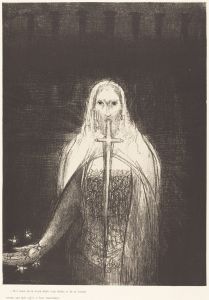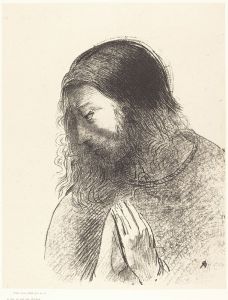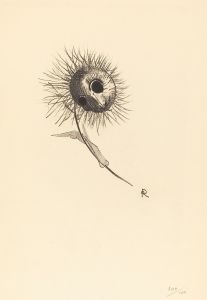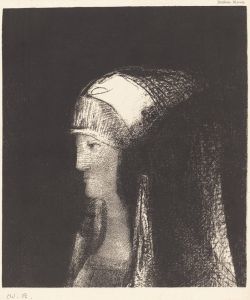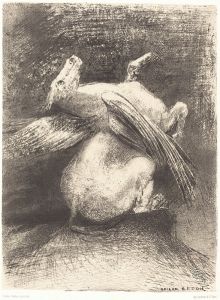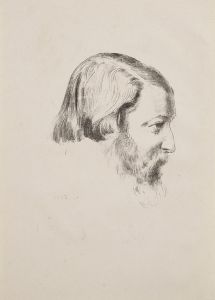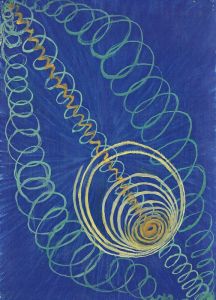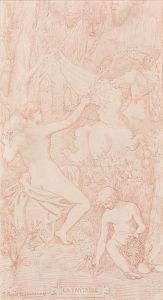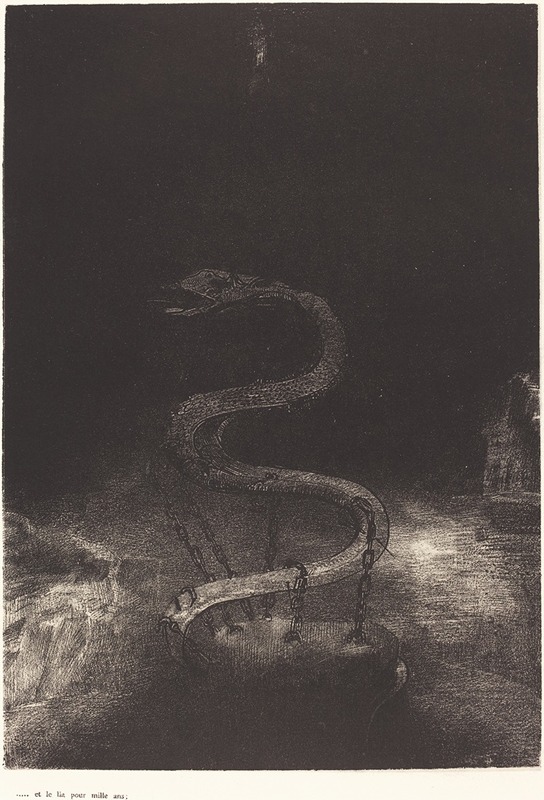
Et le lia pour mille ans
A hand-painted replica of Odilon Redon’s masterpiece Et le lia pour mille ans, meticulously crafted by professional artists to capture the true essence of the original. Each piece is created with museum-quality canvas and rare mineral pigments, carefully painted by experienced artists with delicate brushstrokes and rich, layered colors to perfectly recreate the texture of the original artwork. Unlike machine-printed reproductions, this hand-painted version brings the painting to life, infused with the artist’s emotions and skill in every stroke. Whether for personal collection or home decoration, it instantly elevates the artistic atmosphere of any space.
Odilon Redon was a French symbolist painter, printmaker, draughtsman, and pastellist, known for his unique and imaginative works that often explored themes of dreams, fantasy, and the subconscious. One of his notable works is "Et le lia pour mille ans," which translates to "And He Bound Him for a Thousand Years." This piece is part of Redon's broader oeuvre that frequently delves into mystical and biblical themes, reflecting his interest in the spiritual and the otherworldly.
Redon was born in Bordeaux, France, in 1840 and developed an early interest in art. He initially studied architecture but later turned to painting and drawing, influenced by his mentor, Jean-Léon Gérôme, and the Barbizon School. Redon's early works were primarily charcoal drawings and lithographs, often referred to as his "noirs" due to their monochromatic palette. These works laid the foundation for his later, more colorful pastels and paintings.
"Et le lia pour mille ans" is emblematic of Redon's fascination with literature, mythology, and religion. The title itself suggests a narrative element, possibly referencing biblical or mythological stories. Redon's art often blurs the lines between reality and imagination, inviting viewers into a dreamlike world where the boundaries of the conscious mind are expanded. His works are characterized by their ethereal quality, with figures and forms that seem to float in an undefined space, often surrounded by vibrant colors and intricate details.
Redon's style evolved over the years, moving from the dark, mysterious tones of his early "noirs" to the vivid and luminous colors of his later pastels and oils. This transition reflects his growing interest in exploring the emotional and psychological aspects of color, influenced by the symbolist movement and his interactions with contemporaries such as Stéphane Mallarmé and Paul Gauguin.
Throughout his career, Redon remained somewhat apart from the mainstream art movements of his time, such as Impressionism and Post-Impressionism. Instead, he carved out a niche for himself within the Symbolist movement, which emphasized the expression of ideas and emotions over realistic representation. Redon's works often feature fantastical creatures, dreamlike landscapes, and symbolic imagery, all of which contribute to their enigmatic and introspective nature.
"Et le lia pour mille ans" fits within this context, as it likely embodies Redon's interest in exploring themes of captivity, time, and transformation. While specific details about the painting's creation and its exact interpretation may not be well-documented, it is consistent with Redon's broader artistic vision, which sought to evoke a sense of wonder and contemplation in the viewer.
Redon's influence extended beyond his lifetime, impacting later artists and movements, particularly the Surrealists, who admired his ability to tap into the subconscious and create art that transcended the ordinary. His works continue to be celebrated for their originality, depth, and ability to transport viewers to a world where imagination reigns supreme.
In summary, "Et le lia pour mille ans" is a testament to Odilon Redon's unique artistic vision, characterized by its symbolic content and dreamlike quality. While specific information about this particular work may be limited, it remains an integral part of Redon's legacy, reflecting his enduring fascination with the mystical and the metaphysical.





